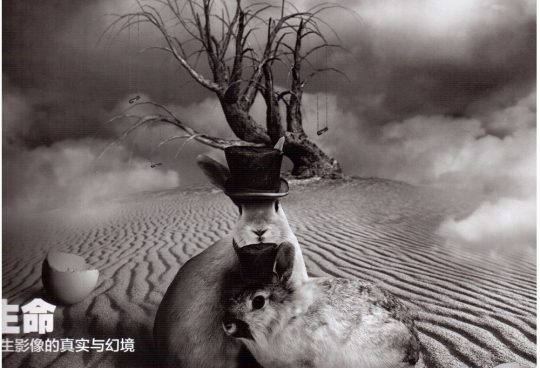Every decision—whether grabbing a morning coffee, choosing a career, or clicking a “buy now” button—feels automatic, yet lies on a foundation of subconscious patterns and cognitive shortcuts. Behind the rhythm of daily life, invisible mechanisms shape behavior, often bypassing conscious thought. Understanding these hidden drivers reveals how small mental frameworks guide major outcomes.
The Science of Seemingly Automatic Choices
Every choice, from the cereal you reach for to the job you pursue, follows a predictable logic rooted in how the brain conserves energy. Instead of exhaustive analysis, the mind relies on heuristics—mental shortcuts that prioritize speed and efficiency. This cognitive economy explains why you often act before fully understanding your reasons.
- Perception filters reality: The brain rapidly interprets sensory input, emphasizing familiar or urgent signals while filtering out less critical details. This filtering creates a biased, yet efficient, view of the world that steers decisions.
- Habit loops lock behaviors into routine through repeated neural activation. Over time, these automatic patterns require minimal conscious effort—like automatically reaching for your usual coffee cup without thinking.
These mechanisms illustrate a core truth: the brain trades accuracy for speed, a trade-off that generates consistent, predictable biases in judgment. Recognizing this helps illuminate why two people facing the same choice may react differently—shaped by unique histories and neural wiring.
Why We Choose: The Cognitive Frameworks Governing Daily Decisions
Behind every choice lies a mental model—a simplified rule or framework that guides behavior with minimal awareness. These models act as invisible compasses, shaping preferences and actions without explicit reasoning.
- Mental models reduce complexity; for example, “if it’s fast and cheap, it must be good enough” becomes a default filter for many consumers.
- Emotional priming colors risk perception: a calm morning may lead to cautious decisions, while stress amplifies perceived danger, even in similar scenarios.
- Social proof subtly influences choices—people often adopt behaviors they see others trusting, even when no direct communication exists.
These frameworks explain why habitual patterns persist and why external cues shape behavior far more than we realize, especially in fast-moving environments.
The Hidden Logic in Everyday Examples
- Morning routines: Choosing breakfast or outfit follows pattern recognition, not conscious calculation—your brain defaults to the familiar to conserve mental energy.
- Consumer behavior: Brand loyalty forms through repetition and low-effort habits, turning occasional purchases into automatic allegiance.
- Digital interactions: Clicking “buy now” or scrolling past ads reflects automatic responses shaped by design—color contrasts, button placement, and timing trigger immediate, subconscious action.
These examples reveal how the hidden logic—speed, familiarity, and environmental cues—operates beneath awareness, quietly guiding routine decisions.
Beyond Gambling: How Choice Architecture Shapes Real Life
While often discussed in gambling, the science of choice architecture profoundly influences modern life. Nudge theory demonstrates how subtle environmental cues—like shelf placement or default options—guide better decisions without restricting freedom.
| Key Influence | Effect | Real-World Example |
|---|---|---|
| Default settings | Increases participation in beneficial programs (e.g., organ donation) | Countries with opt-out organ donation systems report higher donor rates. |
| Visual cues | Guides attention and action (e.g., placing healthy food at eye level) | Schools using fruit at eye level report increased healthy snacking. |
| Social norms | Encourages conformity to group behavior | Public recycling campaigns use visible participation metrics to boost community action. |
These strategies harness the hidden logic of decision-making, turning automatic responses into positive outcomes.
Deepening Understanding: The Neuroscience and Psychology Behind Decisions
Behind the surface, neuroscience reveals how dopamine-driven reward prediction fuels habitual behavior. The brain anticipates positive outcomes—often before they arrive—reinforcing actions that deliver perceived benefits.
Cognitive load plays a crucial role: mental exhaustion depletes willpower, making impulsive or avoidant choices more likely. This exposes hidden thresholds in decision-making capacity, where even simple tasks become overwhelming under stress.
Perhaps most revealing is the illusion of control: people often believe they choose freely, yet many decisions are shaped by unconscious biases, emotional triggers, and environmental cues.
„We are not the authors of our choices, but architects of the systems that guide them.”
Applying the Hidden Logic: Making Conscious, Informed Choices
Recognizing the hidden logic empowers intentional living. By cultivating awareness, individuals can override automatic patterns and design routines that align with long-term goals.
- Awareness as a tool: Identifying habitual triggers allows deliberate override—e.g., pausing before impulsive purchases.
- Intentional routines: Structuring daily choices reduces reliance on fleeting motivation, turning good intentions into lasting habits.
- Insight application: In finance, health, or career, applying decision science transforms routine acts into strategic advantages.
Whether selecting breakfast or navigating complex choices, understanding this hidden logic turns automaticity into advantage—helping people make smarter, more aligned decisions every day.
For deeper insights on how structured environments guide behavior, explore how regulations protect fair play in modern gaming—where design and choice architecture shape trust at scale: How Regulations Protect Fair Play in Modern Gaming


